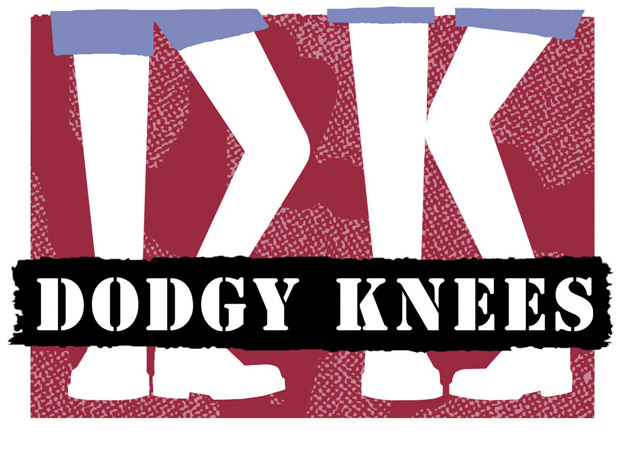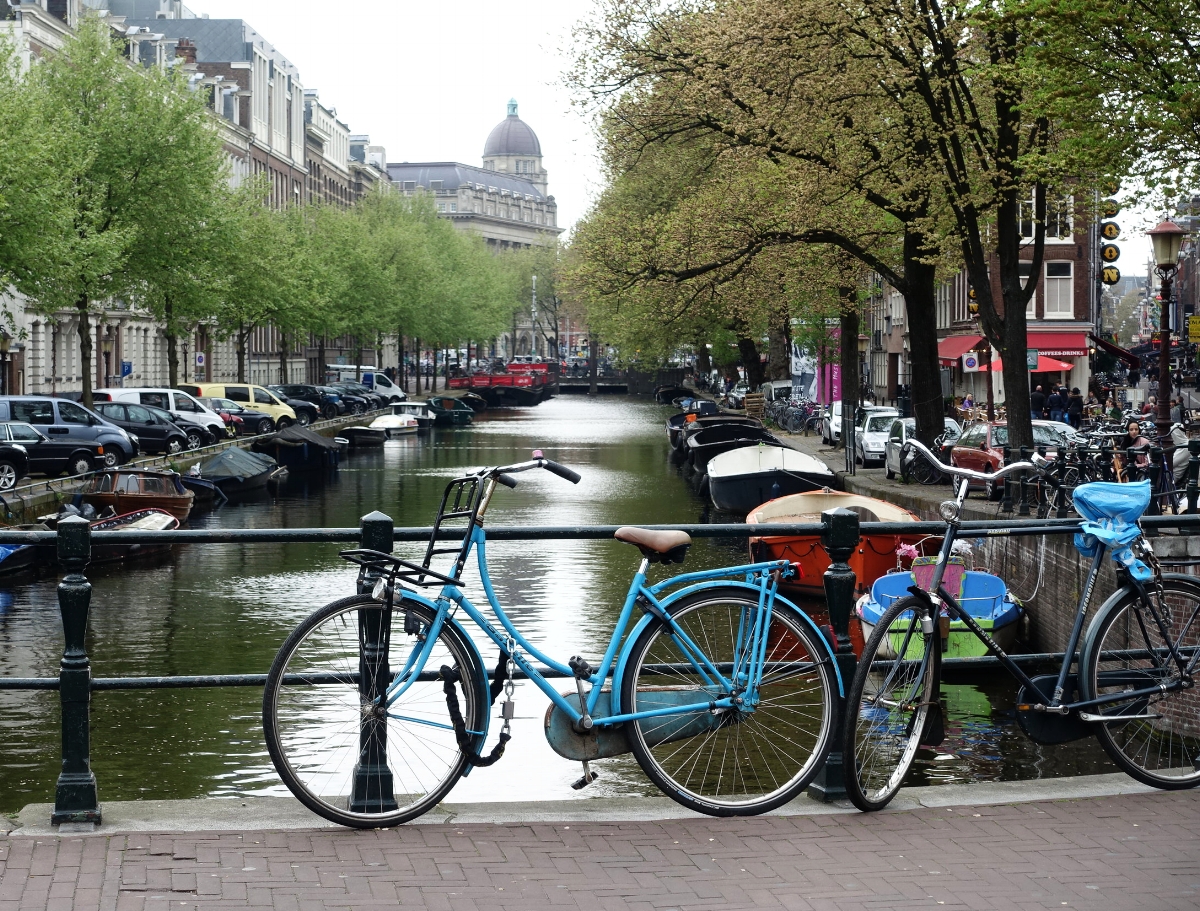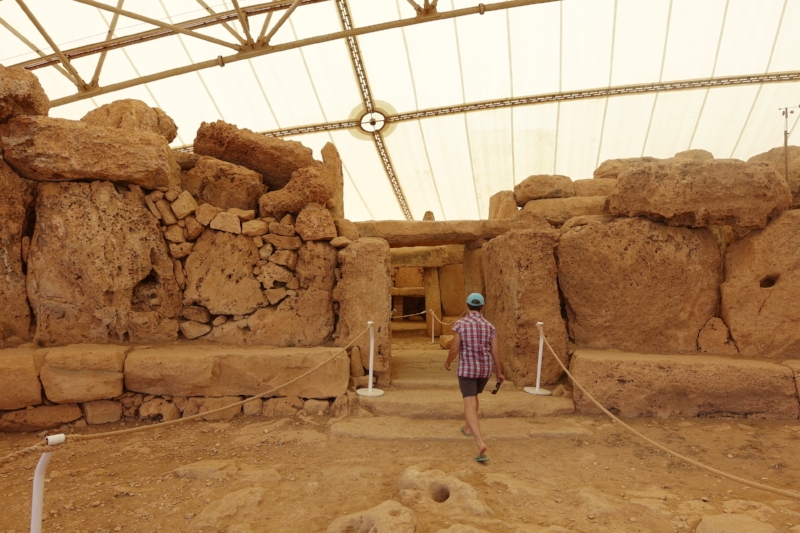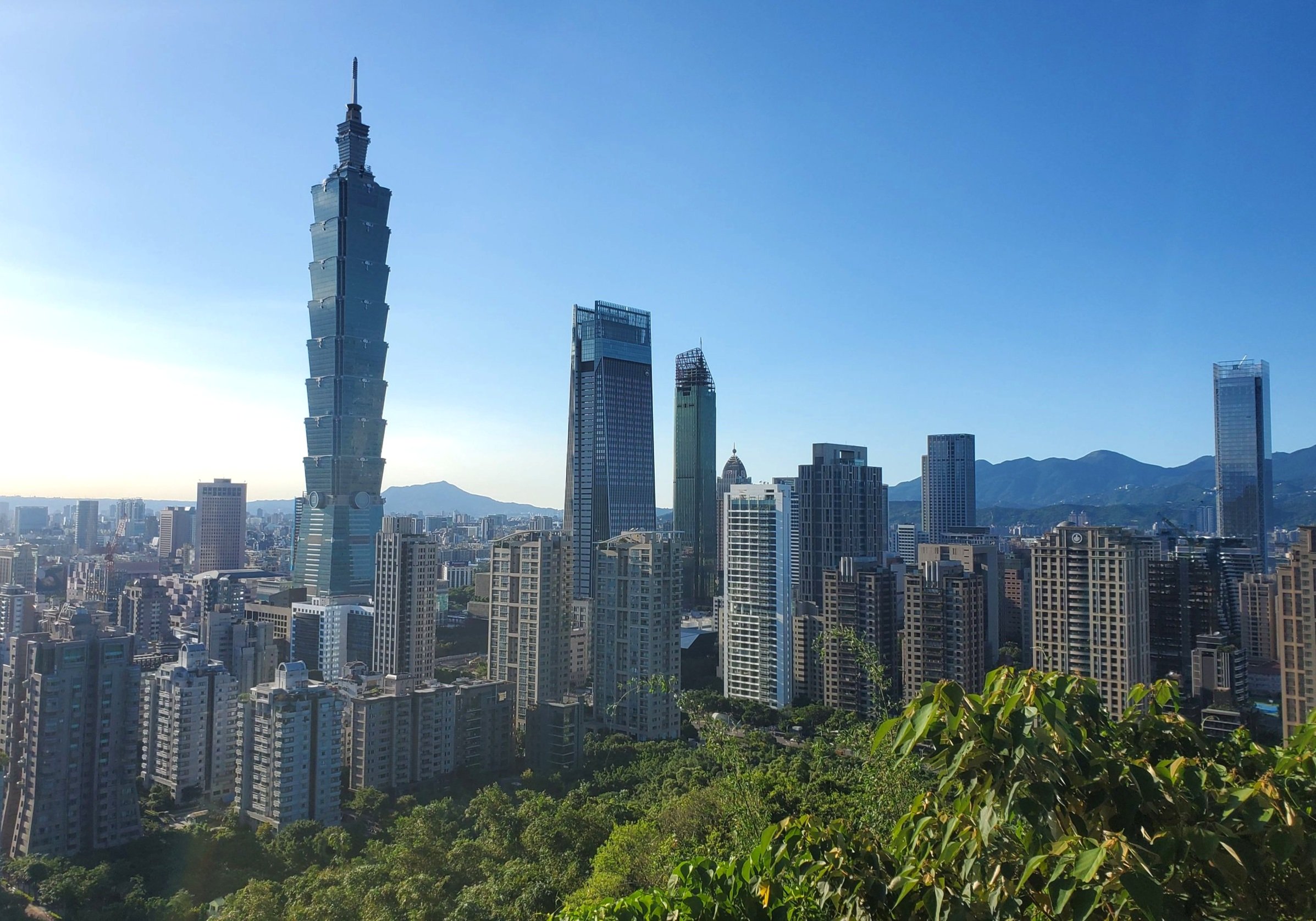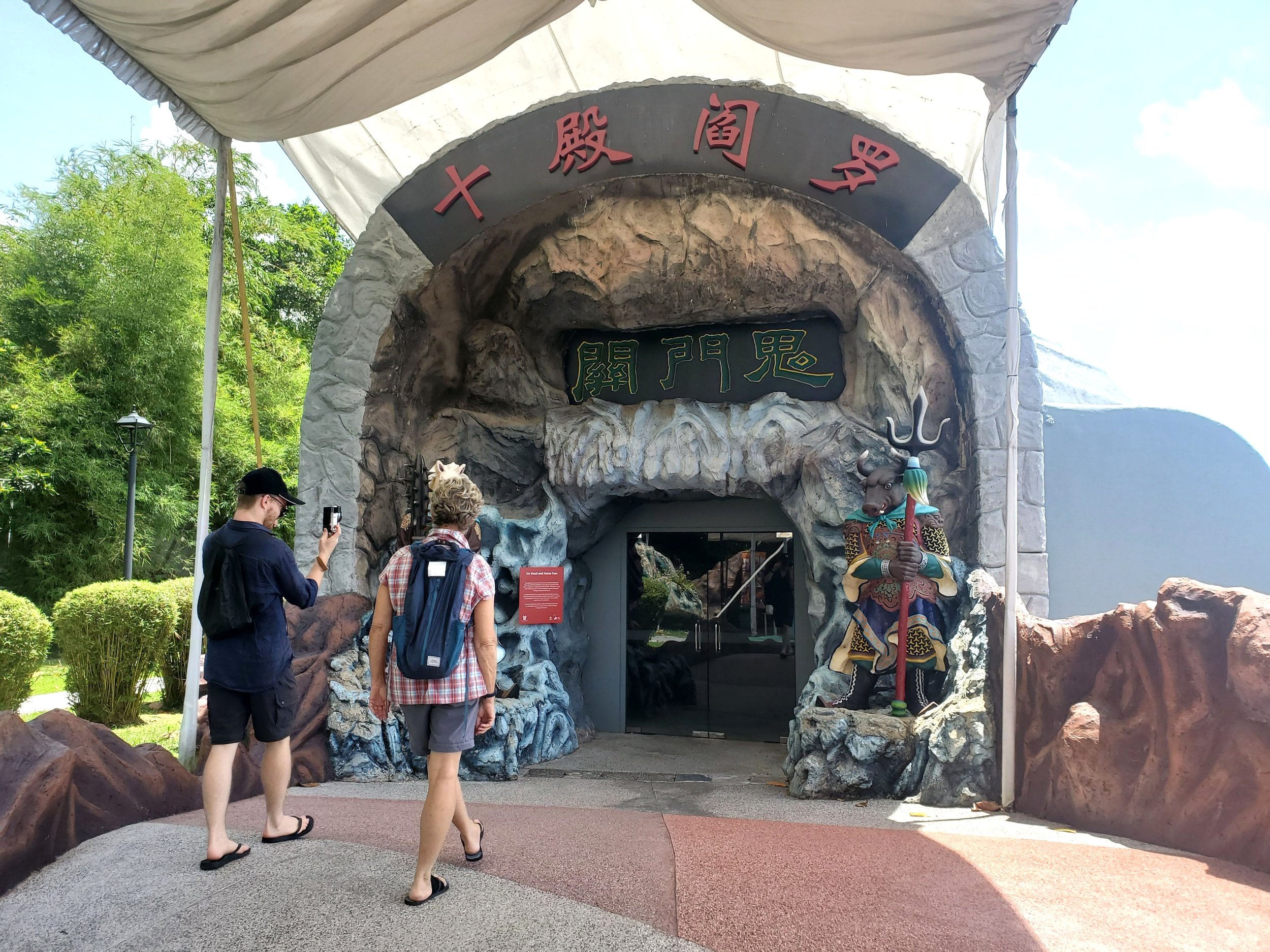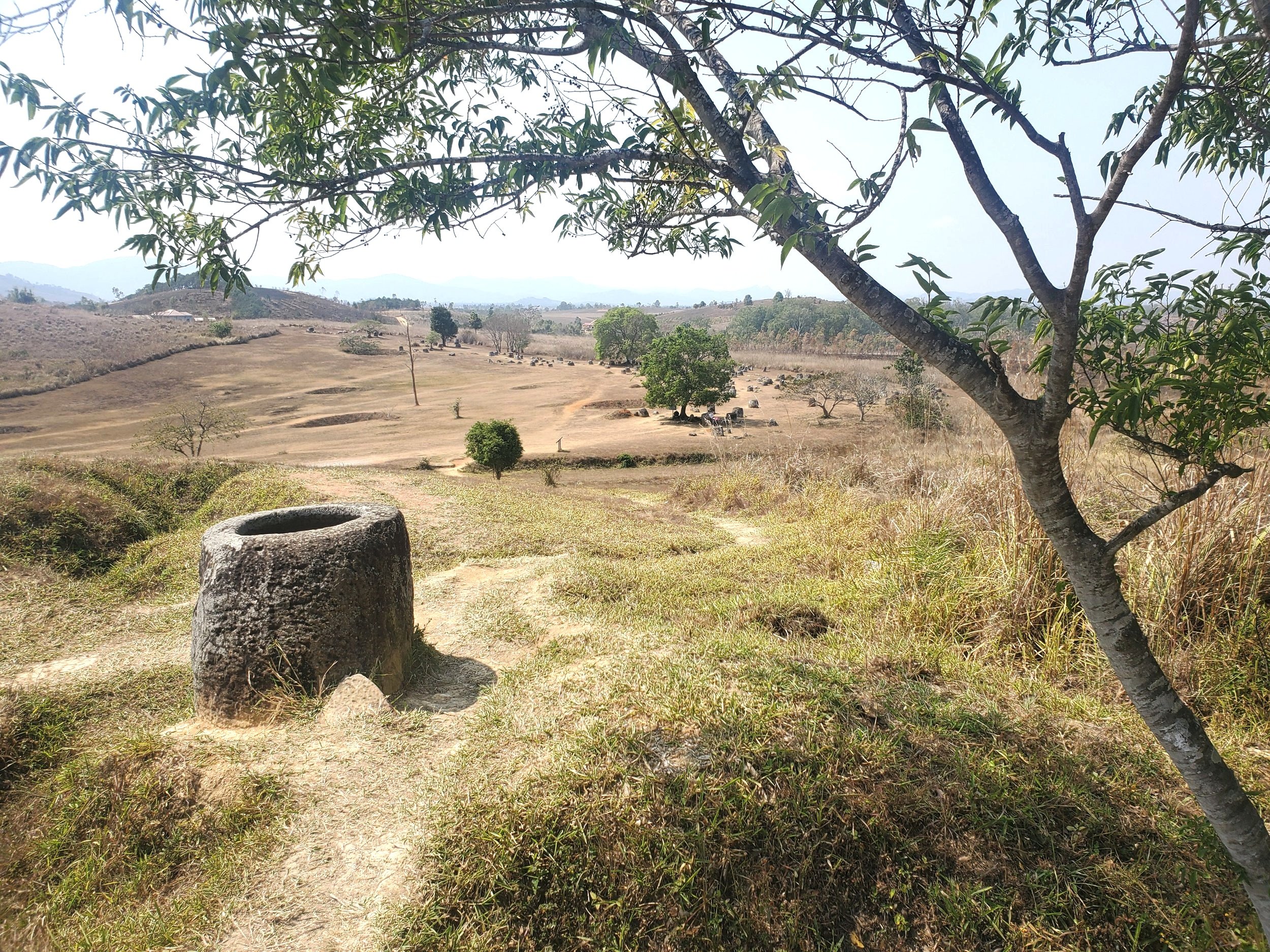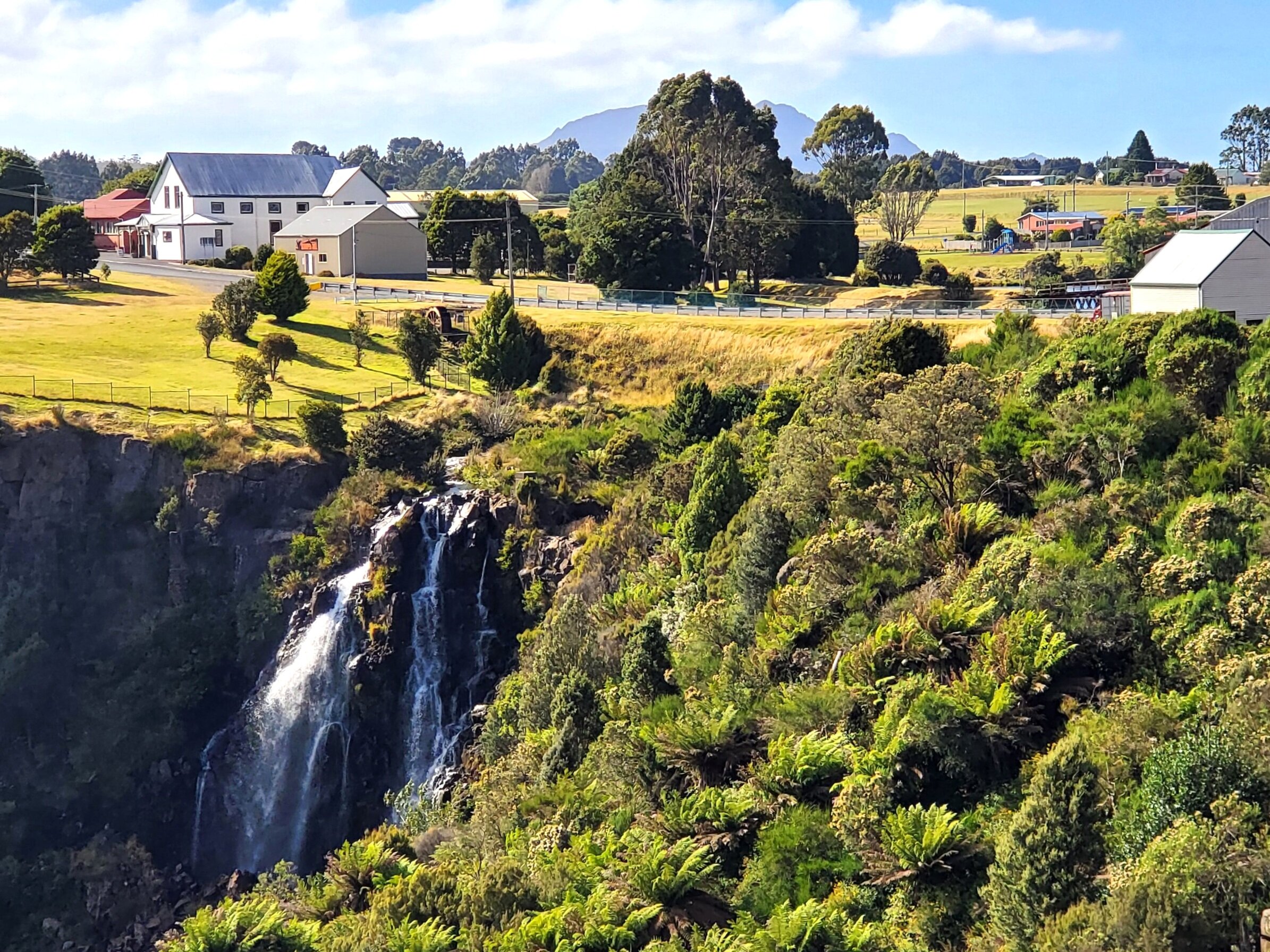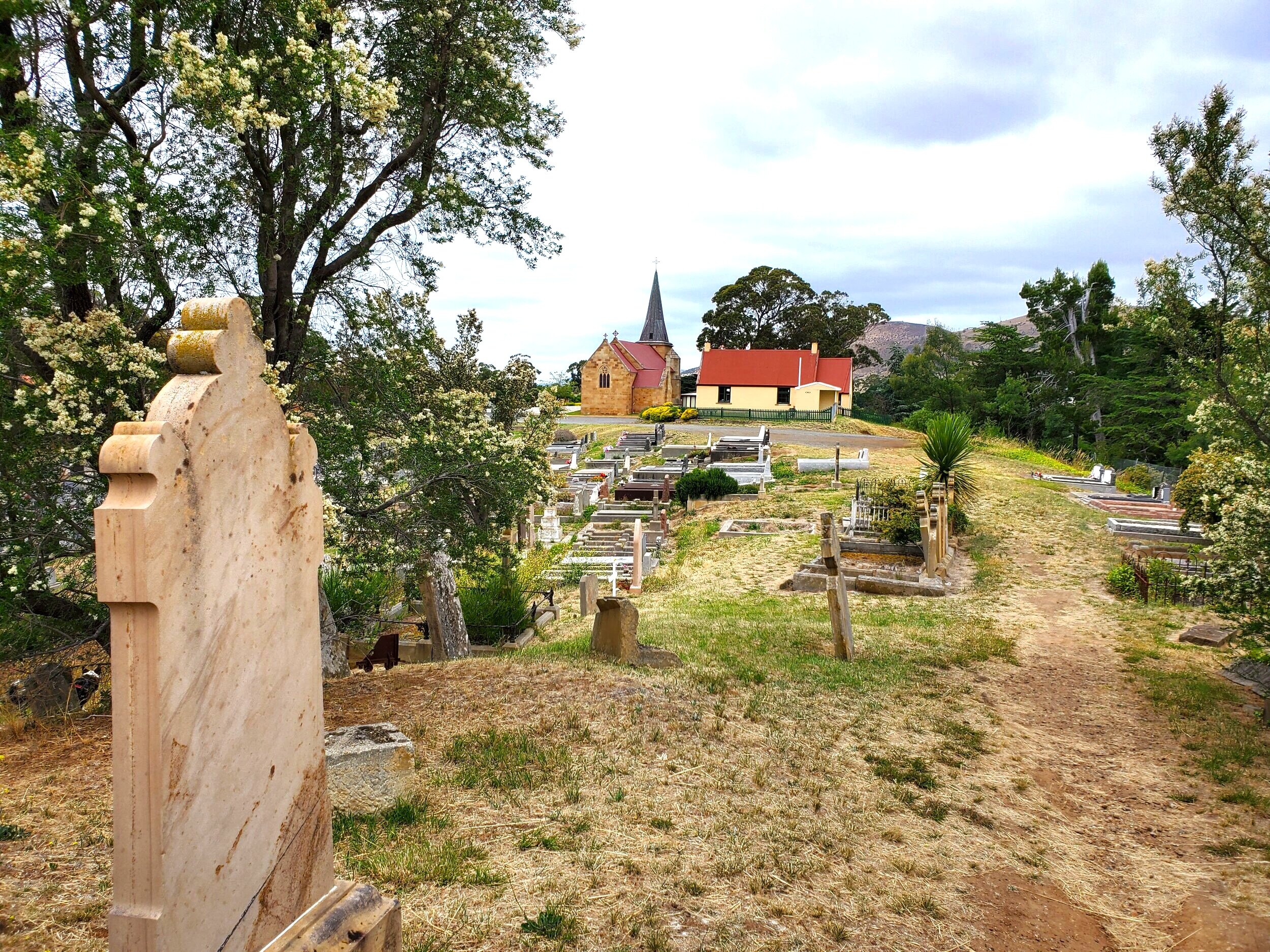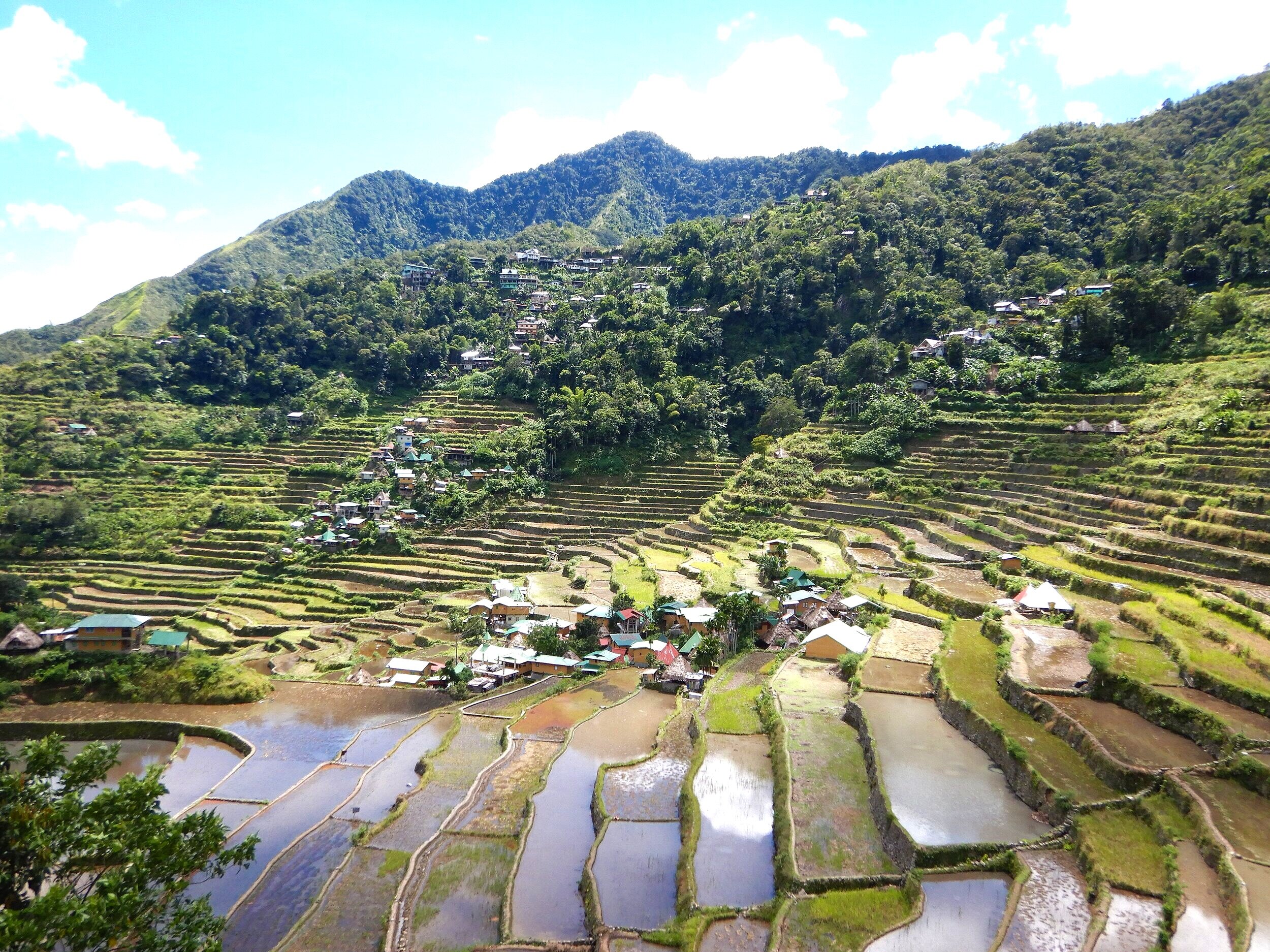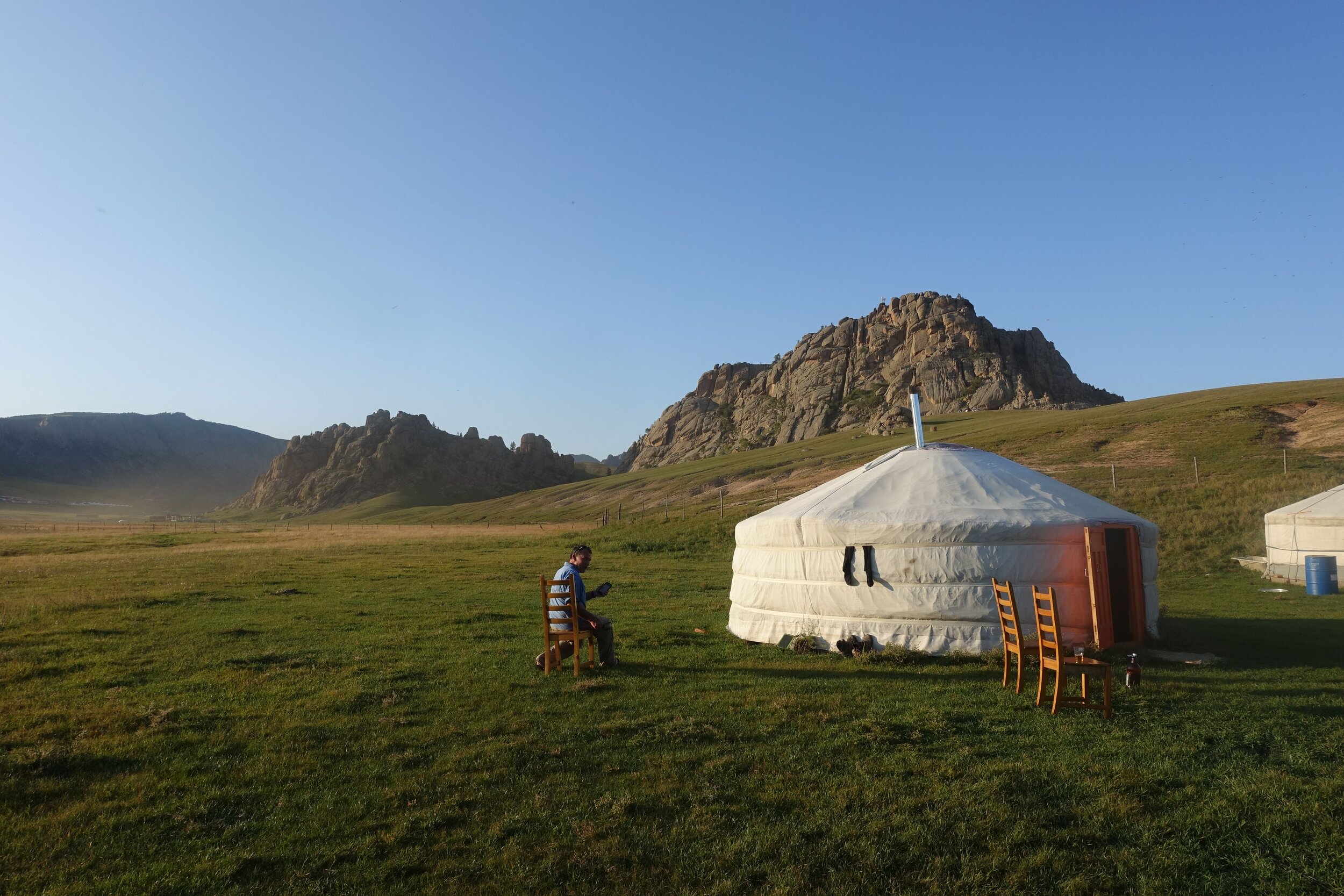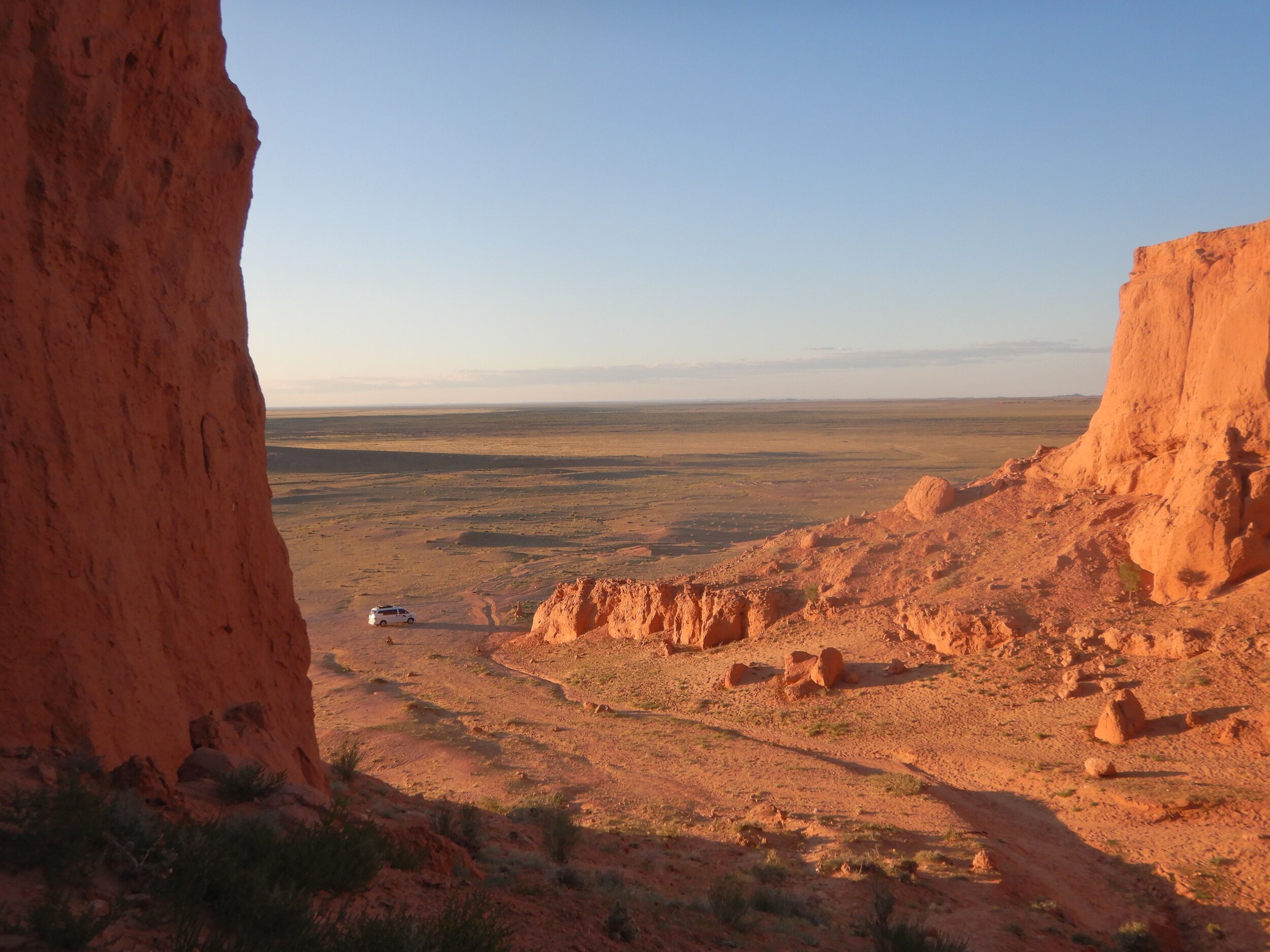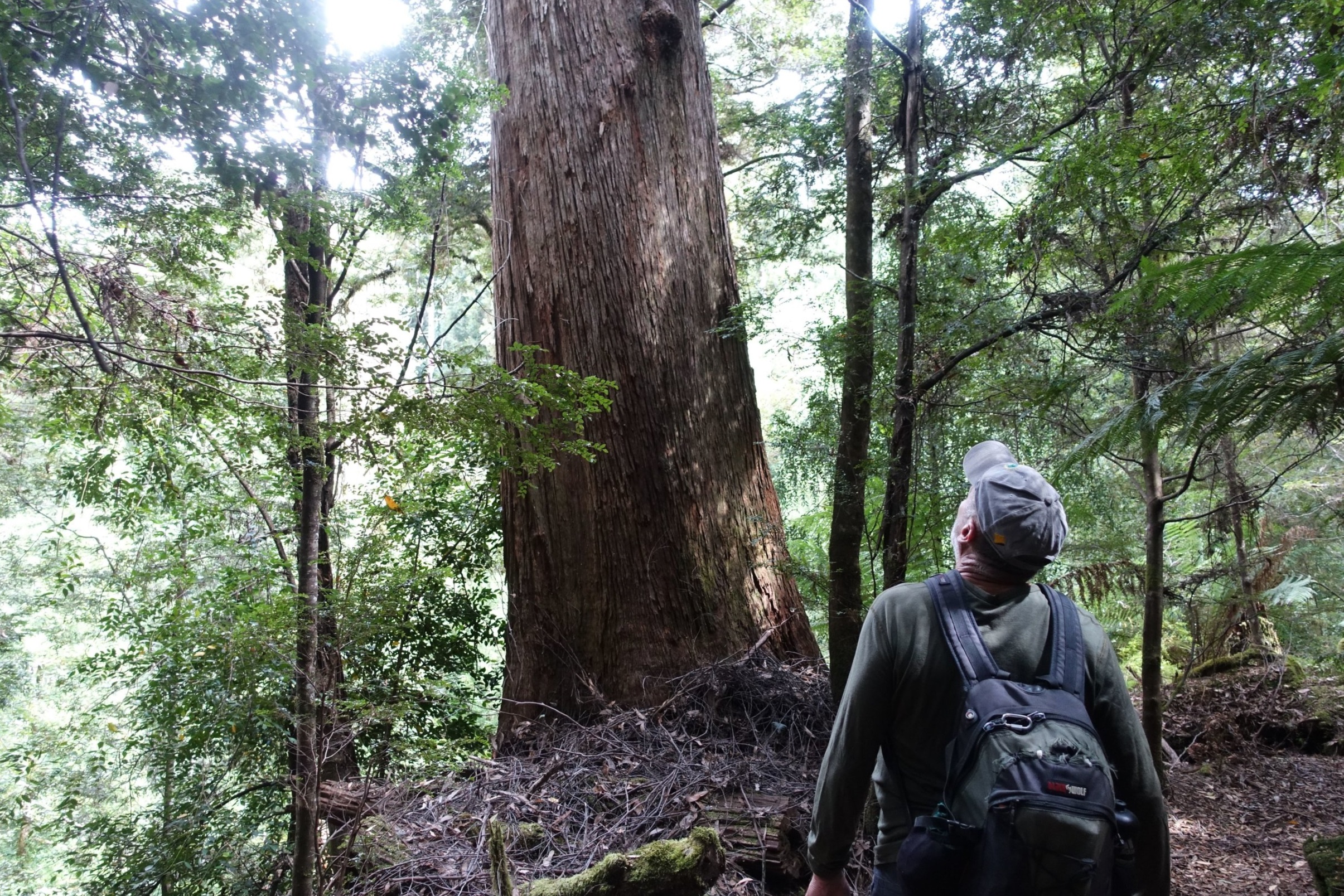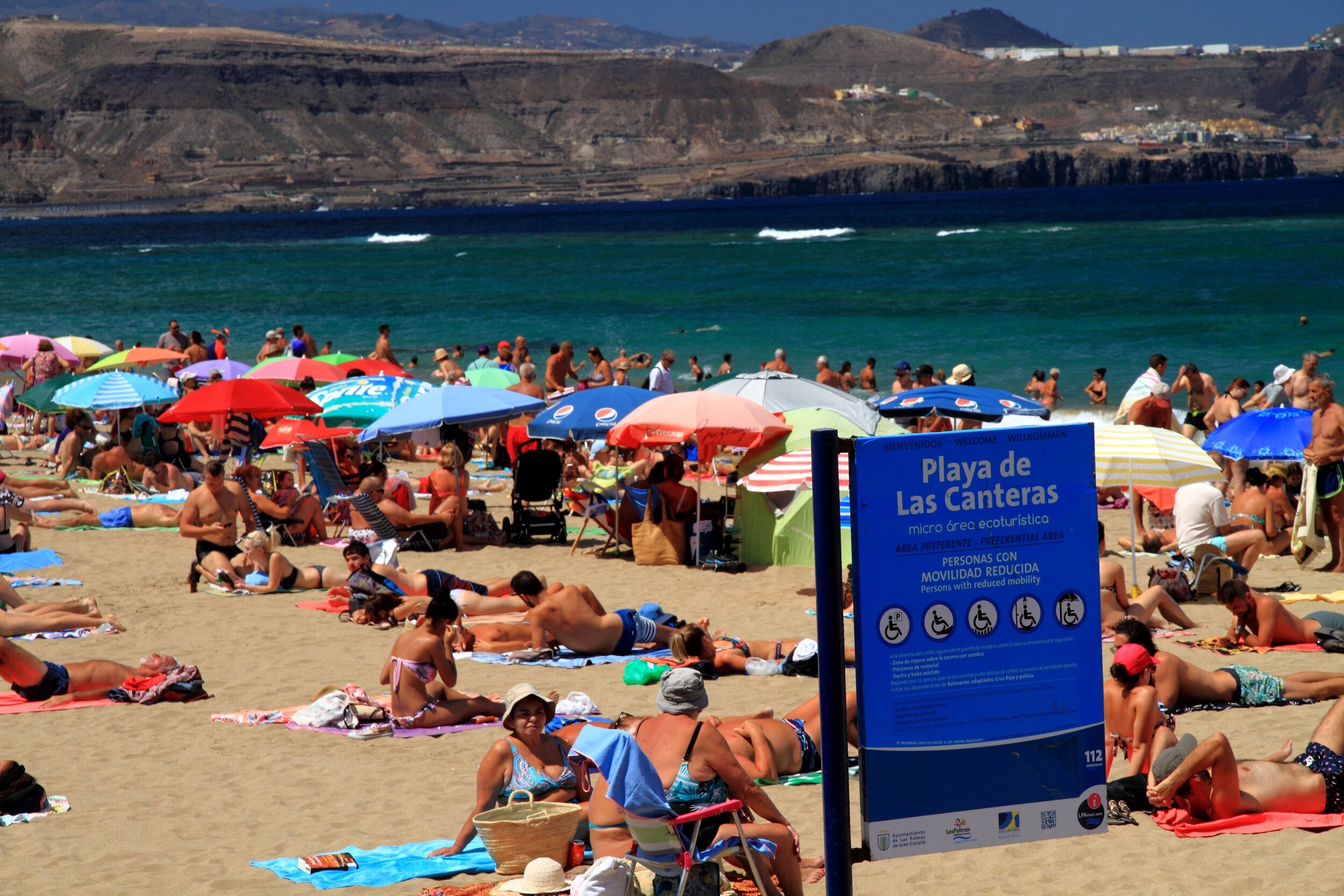Ten Things We Learned in Malta
/fort st. angelo, birgu
Introduction
the island of filfla off the south coast
This was our first visit to Malta. Ken’s dad, Don had moved there two years ago so our main motivation for the trip was to see him. We had just four days there but learned a lot about this small and fascinating island nation in that time. It has a very complex and interesting history along with a few quirky features that make it like no other Mediterranean destination.
Here are ten things we learned during our stay that helped to make it so enjoyable.
1. The Capital, Valletta sits Across from Three Fortified Cities
the three cities
Valletta, Malta’s capital, sits on the Mediterranean’s largest natural harbour – the Grand Harbour.
central valletta
The city is on a peninsula and on other side of the harbour is the area known as the Three Cities. These are Birgu (also known as Vittoriosa), Senglea and Cospicua. These fortified cities are older than Valetta, dating back to the Middle Ages, and they were built to protect the harbour. They get a lot fewer visitors than Valletta but are well worth a visit.
on the ferry from birgu to valletta
You can travel between the Three Cities and Valletta by ferry.
2. Malta’s History is Long and Complex
the path to mnajdra
A revelation to us was the twin sites of Ħaġar Qim and Mnajdra. Archaeologists have dated the stone structures located here as over 5,000 years old, built as far back as 3800 BC. These Megolithic temples are considered to be the world’s oldest free-standing structures, older than the pyramids of Egypt. There are a number of such sites on Malta and neighbouring Gozo.
checking out mnajdra
This is just the beginning of the story of Malta, with many different civilisations either colonising the islands or at least trying to take it over, including Phoenicians, Carthaginians, Romans, The Knights of the Order of St. John, the French under Napoleon and the British.
gate into mdina
Don’t miss the ancient city of Mdina, which sits high up in the centre of the main island with sweeping 360 degree views. Mdina was fortified for over 3,000 years and makes for an absorbing wander.
mdina street
In more recent times Malta’s famous resistance of Nazi bombardment during WWII is well documented at the worthwhile Malta at War Museum.
malta at war museum
The whole country was awarded the George Cross for bravery by King George VI. The George Cross appears on the Maltese flag.
That’s just a few snippets of the history, there’s a lot more to discover when you visit.
3. The Maltese Language is Tricky
the port town of marsaxlokk
Maltese language has a Semitic base from a variety of Arabic which developed in Sicily and arrived in Malta in the 11th Century. But it includes many Italian, Sicilian, French and English words. Unlike Arabic it uses Latin Script.
There appears to be a lot of x and q. X is ‘sh’ and ‘q’, well it’s sort of silent, sort of – hard to explain (you’ll need to look that one up).
Then there is Ħ - H (with line) which is a hard ‘h’ as in hat, and ‘h’ as we know it, which is silent as in ‘hour’. There’s also ġ and ċ (which is like ‘g’ in gem and ‘ch’).
traditonal salt drying pans in marsascala
To add to the fun the Maltese don’t mind the occasional silent letter when you don’t expect it, such as the silent ‘f’ in ftira (see #4 – food). Or the sort of silent ‘q’ in Ħaġar Qim (pronounced Ajar Im). The interesting combo of għ also tends to go missing too pronunciation-wise.
Fortunately, just about everyone speaks English, so you’ll be fine.
4. The Food is Pretty Good
Malta is known for its pastizzis, pastries usually filled with ricotta cheese or mushy peas. Very cheap and abundant.
considering a pastizzi
They also do a good thick sandwich called a ftira (remember the silent ‘f’). They’re best toasted. Popular fillings are tuna or chicken and mushroom.
ftira and salad
Being an island the seafood is good. And a traditional favourite is rabbit, which is fenech in Maltese.
*Useless factoid: Mario Fenech (of Maltese heritage) was a well-known rugby league player in Australia in the 1990’s. He started his playing career with the South Sydney Rabbits. Now we know why.
5. And the Drinks are Pretty Good Too
Malta is hot most of the year. If you’re after a refreshing beer (as we often are) you can’t go past a Cisk (pronounced ‘chisk’). It’s locally brewed and is cheap and good.
If you fancy a glass of wine with your fenech Malta produces some good local drops. We’d recommend a local rose with your bunny.
6. Maltese Driving and Parking are “Interesting”
A word of advice – catch local transport rather than hire a car. Many of the streets are narrow and windy and local driving habits are impulsive.
Don pointed out to us that Maltese folk are not big on walking far when going about their business, preferring to park where they want to go (whether there is a parking space available or not). We observed this first hand from the balcony of our hotel. In the street below there were three small mixed businesses (shops selling a variety of goods). All were doing a brisk trade, but parking was scarce. Consequently, customers parked in a range of creative ways, including in the two adjacent bus stops, on blind corners, or just double parked in the street in front of their chosen shop.
Here are some of our personal favourites.
"parked" on a blind corner with the door open while doing a spot of shopping
the small white car is parked in a bus zone, diagonally and with the rear sticking into the on-coming traffic. the driver is in the shop across the road.
these five vehicles (actually there are 7 in all) are all double parked on a main road, including one on the opposite side to the direction of its travel
7. Bring Your Sunnies
glarey victoria, gozo
Malta is glary. Most buildings, old and new, are constructed of light-coloured limestone or sandstone and it is a sunny place. You’ll end up snow-blind if you come without a good pair of sun glasses.
The up-side is that with all that sun and warmth it also has a lot of beaches, some sandy, some just rocky outcrops, where you can catch some ultra-violet rays and have a swim.
8. It's Worth Going to Gozo
gozo ferry with gozo in the background
Don’t miss Gozo, Malta’s second island. Ferries travel from the NW end of the main island across to Mgarr in Gozo every 45 minutes or so.
There are also plenty of tours that will take you to Gozo from Malta or you can get yourself there and back by public transport. Though, be warned, this can be pretty slow (see #9 below).
The capital of Gozo is Victoria (aka Rabat – a lot of places in Malta have two names). In the centre of the town is an impressive Citadel, which is a well restored fortified town. You can wander the Citadel for free, see a well-made, short, audio visual which gives some history of the Citadel (also for free) and you only need pay to enter some specific sections (e.g. the old prison and the church).
the view of victoria from the walls of the citadel
And the views of Victoria from the Citadel walls are impressive.
9. The Public Transport in Malta is Pretty Good
Cheap and regular and for just 2 Euros you can have 2 hours of public transport on Malta’s buses. There are also other options for tickets if you’re staying for a while.
maltese bus
The down side is that the roads are often narrow and clogged with traffic. We took one and a half hours to get from Valletta’s central bus terminal to Cirkewwa to get the Gozo ferry, visiting many small towns and villages along the way, a distance of 28 kms if you take a direct route (we reckon we probably did double that).
10. Maltesers Don’t Come from Malta
maltesers - not from malta
No sign of any maltesers in Malta.
This final point is really just an excuse to add a couple of video links to this post. You may have come across a recent global phenomena whereby different nations have picked up on Donald Trump’s mantra “It’s Going to be America First” and they have said – yes Mr Trump, but can it be “The Netherlands 2nd” or “Germany 2nd” etc. Most European countries have produced one of these humorous clips.
So, here are two – first is “America First – Australia Second” followed by “America First – Malta Second”. And yes, maltesers get a mention.
Conclusion
coast near marsascala (eastern malta)
Clearly there is much more to Malta than we discovered in our short visit and what we have been able to post here. But if you learn from our experience you’ll be off to a flying start on your visit to Malta.
Ken and Cally
PS Thanks Don/Dad for giving us a great time and showing us around your wonderful island home.
don and ken
